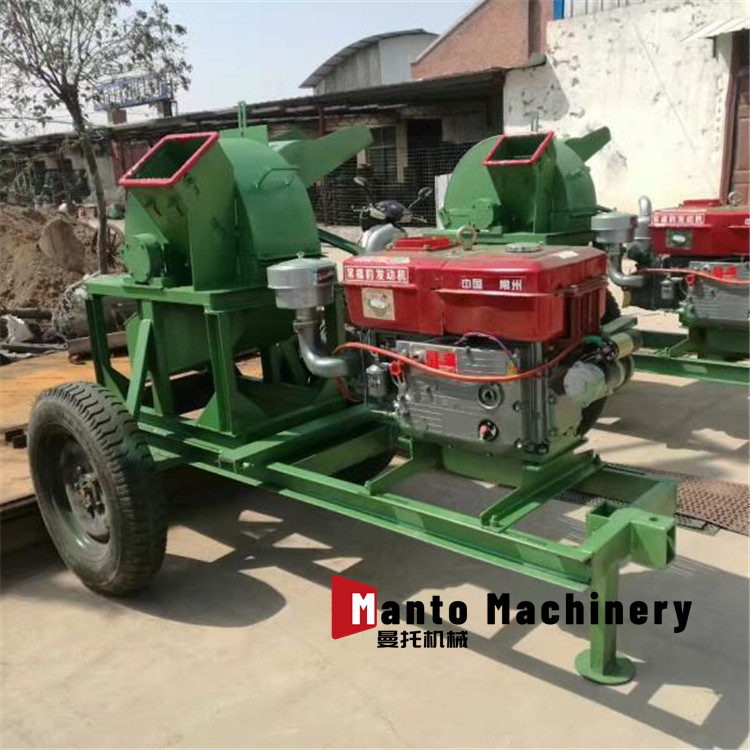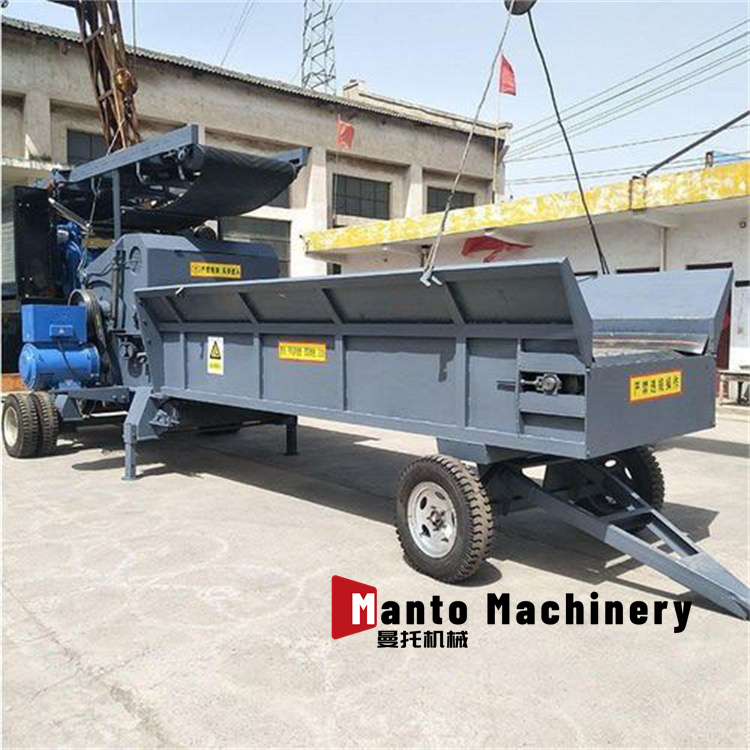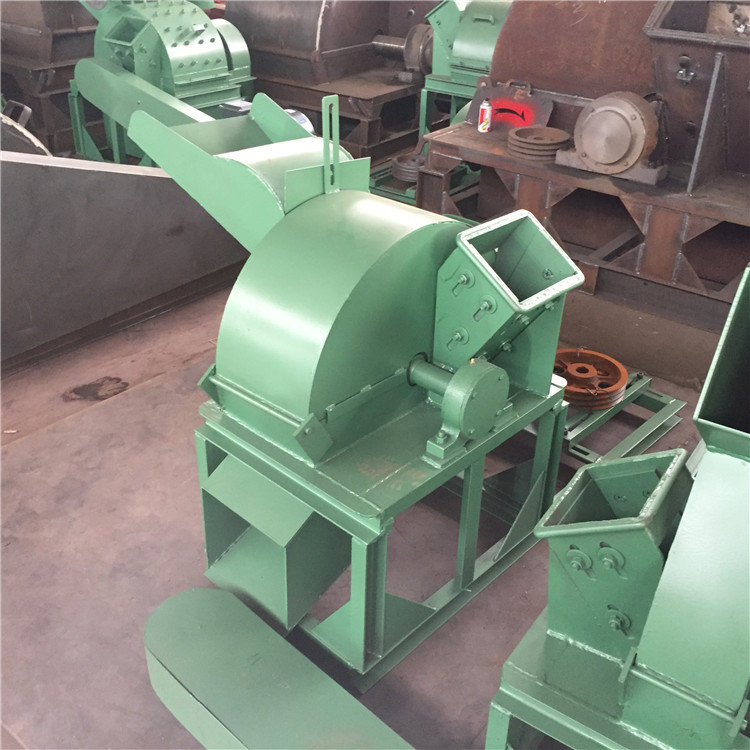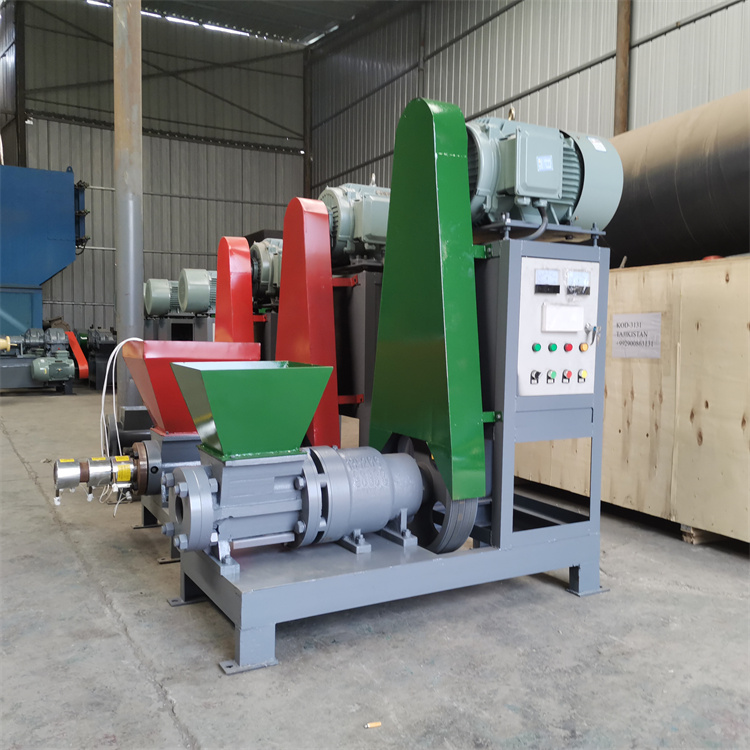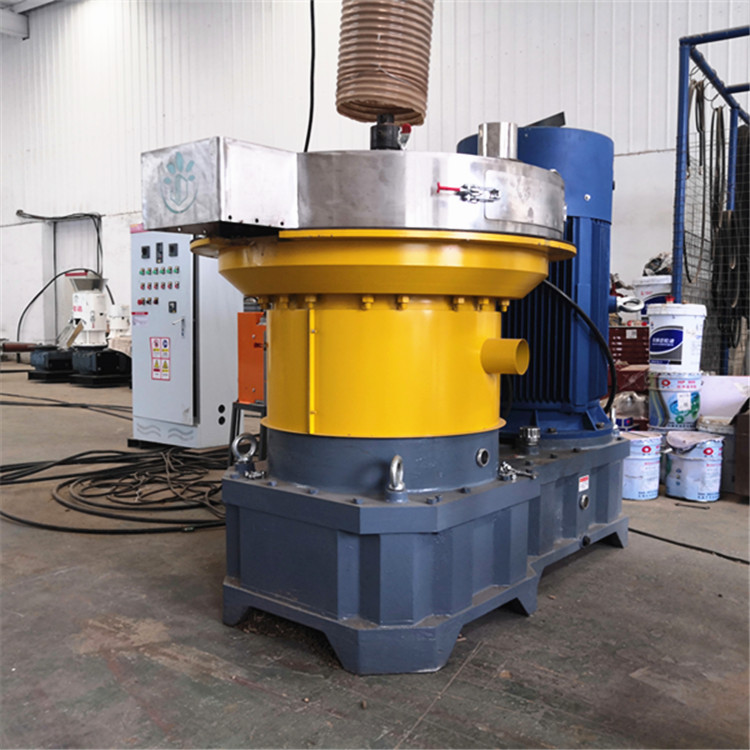A forestry waste grinder is an essential machine for converting branches, logs, sawmill residues, and other forestry waste into useful biomass materials. This equipment is widely used in wood processing plants, biomass fuel production lines, and land-clearing projects. Understanding how forestry waste grinders work and how they support sustainable production helps businesses improve efficiency and reduce disposal costs.
A forestry waste grinder uses high-speed rotating hammers, blades, or drum cutting systems to break down raw wood material into uniform wood chips or sawdust. This process improves transportation efficiency, supports easier storage, and creates valuable end-products such as biomass pellets, wood briquettes, composting material, and landscape mulch. With increasing demand for renewable energy, forestry waste grinders play a key role in the conversion of waste wood into clean, recyclable fuel sources.
Many users choose forestry waste grinding equipment for its high output capacity, stable structure, and ability to handle heavy-duty materials. Modern grinding systems also feature automated feeding systems, reduced manual labor, and lower operational noise. Businesses in logging, sawmills, landscaping, and biomass fuel manufacturing can benefit from lower processing costs and improved waste utilization.
When selecting a forestry waste grinder, factors such as required output size, motor power, material hardness, and intended application should be evaluated. Choosing the right model ensures greater productivity, longer machine lifespan, and higher efficiency in day-to-day production. A well-designed forestry waste grinder helps turn waste into value while supporting sustainable wood processing and eco-friendly industrial development.
